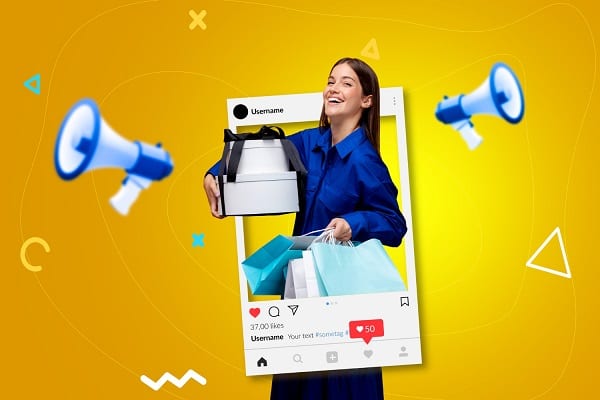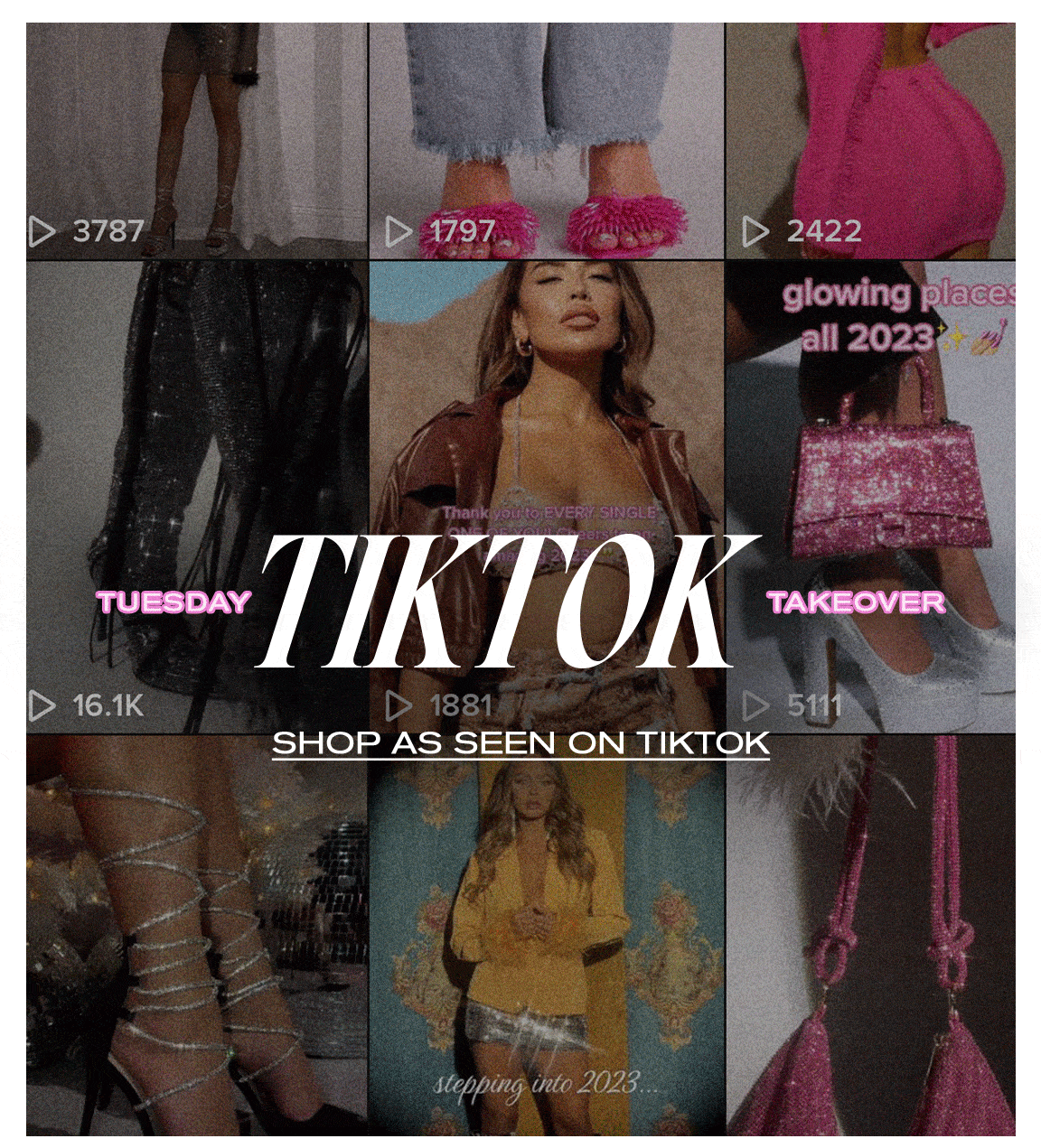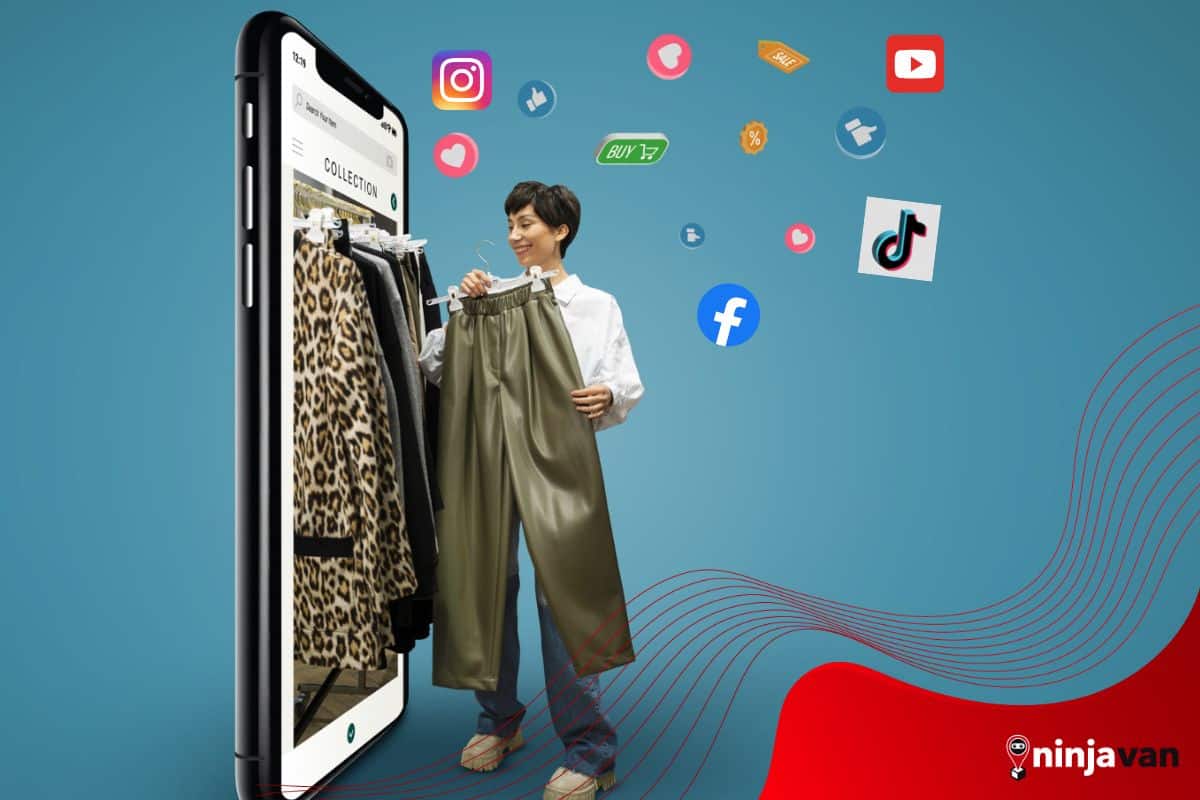While Lazada and Shopee remain popular online shopping platforms, social media has been attracting a large chunk of shoppers in recent years.
It may have to do with the rise of Facebook live selling or those entertaining TikTok videos promoting products on TikTok shops. Both are true, but there are more reasons social media is changing the way Filipinos shop online.
Why social shopping is popular
When Covid-19 stopped everything, people took to social media to stay connected with the outside world.
As a result, many businesses also turned to social selling because that’s where the customers are. They shifted from traditional selling to ecommerce through their social media platforms.
Shoppers embraced this new way of shopping because:
It’s convenient. Social media sellers have made it more convenient for customers to find and buy products. It’s also now easier than ever to find the best deals from business posts and social ads.
It’s a more immersive experience. Sure, shoppers can’t see or feel the products themselves. But videos, influencers and user-generated content have made it possible for us to get first-hand information and experiences with the product.
Attracts customers at different phases of the buying journey. Targeting customers at specific buyer journeys is made easier with a social media strategy. Online businesses are able to create posts that will automatically attract the right buyer by setting the ads target.
8 ways social media is revolutionizing online shopping

Social media, indeed, has had a huge impact on online shopping. It greatly improved the way people discover, research and buy. But here are some key ways in which social media is changing online shopping:
1. Real-time customer interaction
Social media enables real-time communication between online businesses and customers. Sellers can address customer inquiries, provide product information and offer support directly through their social media platforms.
This level of engagement builds trust, enhances the customer experience, and can positively impact purchase decisions.
2. Shoppable posts
Many social media platforms now offer shoppable posts, meaning businesses can tag products directly in their posts. Users can click on these tags to view the product details and make purchases without leaving the platform.
Shoppable posts streamline the purchase journey, making it more convenient for users to buy products they discover on social media. Which brings us to…
3. Trend discovery
Today’s social media platforms serve as hubs for trend discovery and inspiration. Users can explore new products, styles and trends through hashtags, influencers and curated content. This has democratized the discovery process, allowing small businesses and niche products to gain exposure and reach a wider audience.
You can learn more about Discovery Commerce here.

4. Instant feedback and reviews
Social sellers provide a platform for customers to give instant feedback and reviews on products they purchased. This feedback can influence the purchasing decision of others and allows businesses to gather valuable insights for product improvement and customer satisfaction.
This helps you improve your Customer Service as An Online Seller.
5. Personalized recommendations
As social platforms collect vast amounts of data about users’ preferences, interests and behaviors, they can deliver personalized product recommendations to users, showing them relevant products based on their browsing and purchase history.
Personalized recommendations enhance the shopping experience, making it more tailored and efficient.
6. Social commerce
Social media platforms are increasingly integrating ecommerce functionalities directly into their platforms. They’re expanding beyond ad-driven revenue models to include native shopping experiences.
Users can browse and purchase products without leaving the social media app, reducing friction and simplifying the buying process.
Get more insights on How to Build Your Business through Social Commerce.

and user-generated feedback.
7. Influencer marketing
The rise of influencers can be attributed to social media. These influencers have gained substantial followings and with that, the power to sway consumer opinions.
Influencers promote products and brands through their posts, stories and videos, leading to increased product exposure and driving sales. Customers often trust recommendations from influencers they follow, making influencer marketing a valuable tool for brands to reach their target audience.
8. User-generated content
Social media platforms facilitate user-generated content, where customers share their experiences, reviews and photos of products. This content acts as social proof, influencing the purchasing decisions of others.
As with influencers, customers often trust the opinions of fellow users, and user-generated content provides authentic and relatable perspectives on the products.
Make social selling work for your business

if you’re not selling on social media.
Now you see how social media has transformed, and still transforming, online shopping. It makes buying more interactive, personalized and social.
It has created new marketing opportunities, streamlined the purchase journey, and empowered consumers with more information and choices. As social media continues to evolve, its impact on online shopping is likely to grow even further.
It’s important for your business to keep up with these trends and design your social media marketing according to them.
And as your online business grows, it’s important to find a reliable courier partner that provides hassle-free delivery services. Make Ninja Van your long-term logistics partner for a fast and secure delivery of your parcels.
Learn about Ninja Van’s Postpaid Shipping for Ecommerce.
More useful insights for your online business:
Here’s Why Ninja Dash is the Perfect Solution for Your Growing Business
Top TikTok Shippers Share Their Tips for Success






